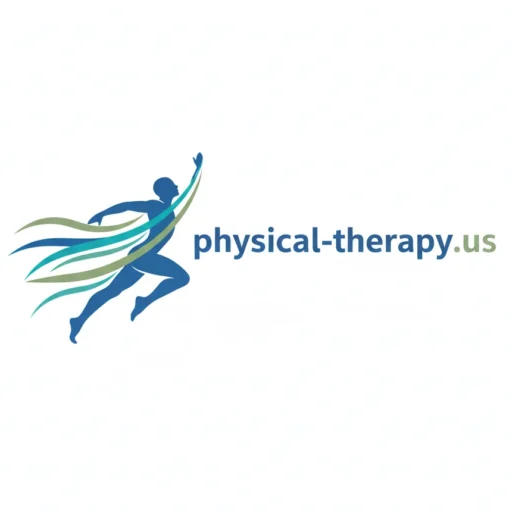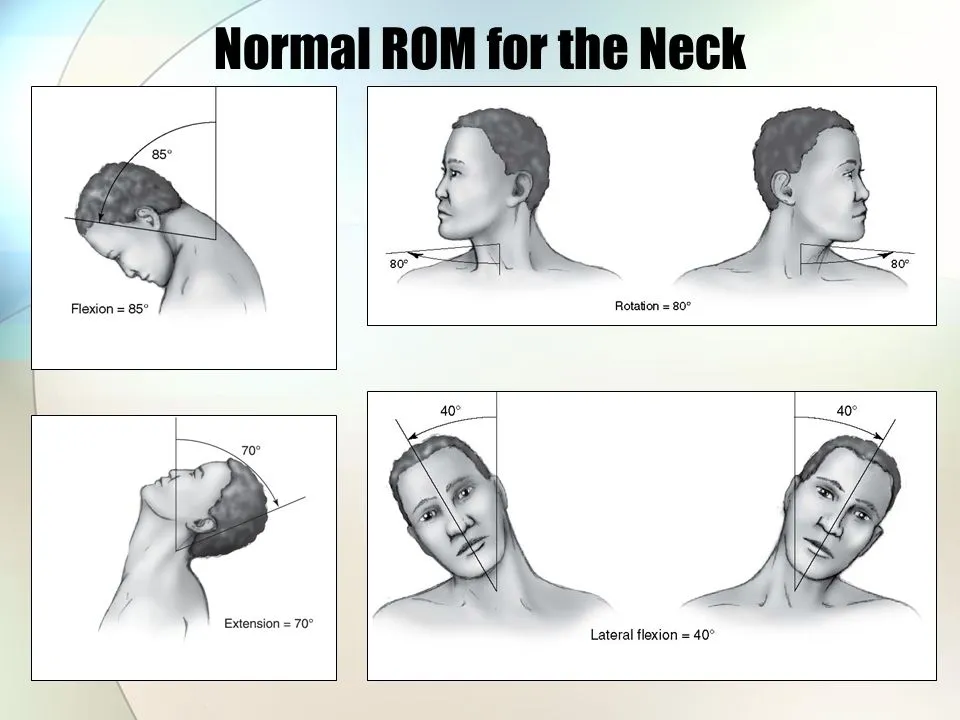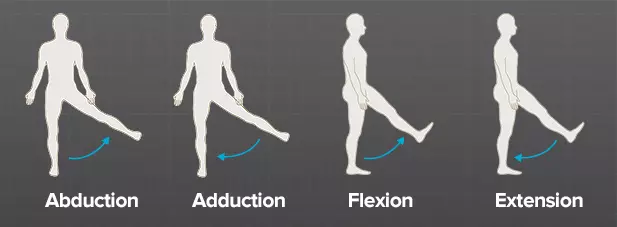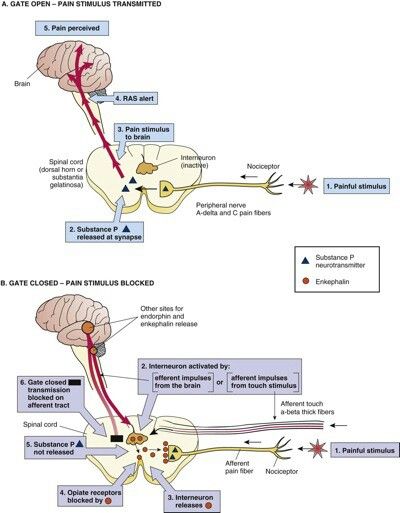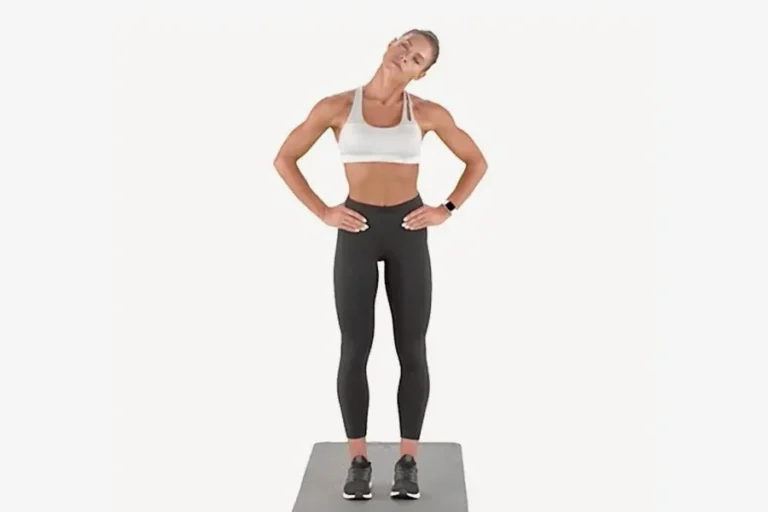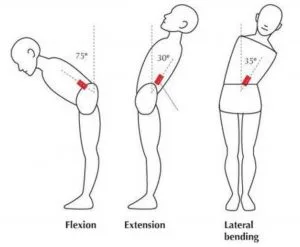Cervical Flexion
Cervical Flexion
Cervical flexion is the movement of the neck where the chin moves toward the chest, reducing the angle between the head and the neck. It involves the contraction of the neck’s anterior muscles, primarily the sternocleidomastoid and scalene muscles. This motion is essential for daily activities like looking down and maintaining neck mobility.
Cervical Flexion and Extension: What is It?
Neck motions, particularly the forward and backward bending of the cervical spine (cervical vertebrae), are called cervical flexion and extension. Below is an explanation of each move:
Flexion of the cervical spine:
This motion involves bringing the chin to the chest and bending the neck forward. It mostly affects the joints that connect the individual cervical vertebrae, which allows the neck to flex forward. When you move your chin closer to your chest or look down at your feet, you frequently show cervical flexion.
Extension of the cervical region:
In contrast to flexion, cervical extension involves raising the chin and bending the back of the neck. The cervical vertebrae protruding or bending backward cause the neck to become more curved. Tilting your head back or looking up at the sky usually dilates the cervical spine.
Maintaining neck mobility and function requires both cervical flexion and extension. They allow us to do several things, like turning our heads, gazing in different directions, and keeping good posture. It is crucial to remember, nevertheless, that repeated or excessive motions outside of the normal range of motion may strain the neck muscles or result in other issues. It is advised that you see a physician for a precise evaluation and advice if you feel any discomfort or worry about cervical motions.
What is the term for cervical flexion?
The forward flexion or flexion of the neck is referred to as cervical flexion. This requires bending the cervical spine, which is the portion of the spine that contains the neck’s vertebrae.
The chin shifts toward the chest during cervical flexion, which causes the neck to arch or bend forward. Neck range of motion and flexibility are made possible by this movement, which mostly takes place at the joints that connect the different cervical vertebrae.
A natural and essential movement we perform daily is cervical flexion. Cervical flexion happens when we read a book, stare at something on the ground, or do other activities that require us to bow our heads forward.
However, it is crucial to have good posture and avoid prolonged or excessive cervical flexion, which can lead to neck pain, muscular strains, and other discomforts.
Cervical Flexors Muscles
The group of muscles in the anterior (front) region of the neck is known as the cervical flexors. They are essential for neck stability and cervical flexion movement. Some of the most important cervical flexor muscles are as follows:
- SCM (sternocleidomastoid): Large muscles on either side of the neck make up the SCM. It meets the sternum of the temporal bone behind the ear after emerging from the breastbone (sternum) and clavicle (collarbone). The neck is bent forward when both SCMs contract. It rotates and tilts its head to the other side if just one SCM contracts.
- Scalene muscles: The anterior, middle, and posterior scalene muscles are the three pairs of muscles that make up the scalene muscles. They are situated on the sides of the neck, deep within the SCM. The scalene muscles aid in the bending of the cervix, but their primary purpose is to support respiration.
- Longus Colli: At the front of the neck lies a deep muscle called the Longus Colli. It follows the cervical spine’s front in a vertical pattern. Together, the Longus Colli muscles flex the cervical spine, allowing the neck to bend forward.
- Rectus capitis anterior: Deep in the neck, close to the midline, lies a little muscle called the rectus capitis anterior. It connects the base of the skull to the top cervical vertebrae in a vertical line. It helps the cervix flex, which is its primary purpose.
- Rectus capitis lateralis: On the side of the anterior rectus capitis, deep within the neck, lies another tiny muscle called the rectus capitis lateralis. It connects the base of the skull to the upper cervical vertebrae in a vertical pattern. Cervical flexion is another benefit.
These muscles assist in bending the neck, allowing us to do things like lean our head forward for activities, glance down, or bring our chin to our chest.
Cervical Flexion Range of Motion
The degree of forward flexion or flexion that the neck can accomplish is known as the cervical flexion range of motion. It measures the chin’s range of motion toward the chest. Individual differences in range of motion can be caused by a variety of factors, including muscle strength, flexibility, and any underlying medical conditions or injuries.
Cervical flexion typically has an average range of motion of 50–60 degrees. This indicates that the chin can be lowered about parallel to the collarbone in the ideal scenario. It is crucial to remember that a variety of variables can influence range of motion, and individual variance is typical.
A neck evaluation or physical examination frequently includes an assessment of the cervical flexion range of motion. The degree of flexion can be measured or visually evaluated by health experts, who can then compare it to the expected or normal range. This assessment can assist in locating restrictions or abnormalities in the range of motion and direct more testing or treatment as necessary.
The cervical flexor muscles must remain strong and flexible in order to maintain a healthy range of motion. When done correctly, regular neck range-of-motion exercises and stretching can help maintain or increase cervical flexion range of motion.
The “chin-chest test” is a quick assessment that may be used to determine your cervical flexion range of motion. The following is one way to achieve this.
- To finish the examination without distractions, find a peaceful, comfortable location.
- Maintain a straight back and relaxed shoulders whether standing or sitting in a chair.
- To start, hold your head in a neutral position and stare directly ahead.
- Try to bring your chin as near to your chest as you can without creating pain or discomfort with slow, purposeful lowering. Throughout the move, keep your back straight.
- Using a tape measure or ruler, measure the distance between the top of your sternum (the notch at the base of your throat) and the tip of your chin while maintaining a forward-bent neck.
- Note the measurement in either inches or centimeters. Your cervical flexion range of motion can be seen by this measurement.
- Put the head back in the neutral position where it began.
- The range of motion attained during cervical flexion can be approximated by measuring the distance between the chin and sternum. It is crucial to keep in mind that this is a simple measurement and does not offer a thorough evaluation.
Cervical Flexion Special Test
Healthcare providers can assess cervical flexion and associated disorders using a variety of specialized tests. Here are a few examples:
The Spurling test often called the modified head flexion test, is used to assess cervical nerve root irritation or compression. In particular, it evaluates if cervical flexion exacerbates or reproduces discomfort, tingling, or numbness that travels down the arm. The following is one way to achieve this.
- The individual is either standing or seated.
- The inspector instructs the subject to look up or stretch his neck back while standing behind him.
- After that, the examiner applies little pressure on the subject’s head, allowing cervical flexion while maintaining head extension.
- During the test, the subject is asked to report any pain, tingling, or numbness they may have experienced.
- Recurrence or worsening of symptoms during cervical flexion may be a sign of irritation or compression of the nerve roots.
Cervical flexion-rotation test:
This test assesses the cervical spine’s mobility, particularly rotation, and can be used to find restrictions or irregularities in cervical flexion with rotation. The following is one way to achieve this.
- The individual sits with relaxed shoulders and a straight back.
- The inspector suggests that the individual bend their neck forward as much as they can.
- The individual is asked to tilt their head as far as they can while their cervix is flexed.
- The examiner records any restriction or asymmetry while observing the range of motion attained during cervical flexion during rotation. When assessing disorders like cervical joint dysfunction or limited range of motion, the cervical flexion-rotation test is frequently utilized.
Manual Muscle Testing For Cervical Flexion
Assessing the strength and functionality of the muscles that control neck motions is known as manual muscle testing. Healthcare practitioners including physical therapists and chiropractors frequently use it to assess neck diseases, weakness, and muscular imbalances.
Muscle testing
- Sternocleidomastoid
- Longus colli
- Scalenus anterior
- Scalenus medius
- Scalenus posterior
Position of the patient
Patients in grades 4 and 5 should lie in a supine posture with their arms at their sides, legs bent, and feet on the plinth just like the hook.
Patients in grades 2 through 0 should be in a supine posture with their arms at their sides and their heads resting on the plinth in order to assess grade 3.
Therapist’s position:
For grades 4 and 5, the therapist should stand on the side of the patient’s head and ask him to lift his head off the plinth while keeping his chin tucked in and facing the ceiling. If he maintains sufficient range, place a hand using only two fingers on his chin to provide resistance force; the other hand may be placed on the chest, but stabilization is only required when the trunk muscles are weak.
In grades 2 through 0, the therapist should face the patient at the head of the table and place both fingers or maybe just the index finger, on the sternocleidomastoid muscles for palpation during the examination. In grade 3, the therapist should stand by the patient’s head with one hand on the patient’s chest.
What is the test procedure?
The patient lifts his head straight up from the plinth while tucking his chin in for grades 4 and 5. There is not sufficient strength in this muscle group.
While staring up, keep your chin tucked in and ask the patient to lift her head off the plinth. Avoid lifting your shoulders off the plinth. Maintain it. Stop letting me force your head down.
- Grades 5 and 4: The patient is able to sustain the examination position in the face of moderate to mild resistance force from their fingers.
- Grade 3: patients give up resistance to movement.
Grade 2 to 0. The patient keeps his head supported on the plinth as he moves his head from side to side.
Ask that the patient turn her head first to the left and then to the right.
- Grade 2: The patient completed the partial range of motion. The right sternocleidomastoid muscle rotates to the left and then to the right.
- Grade 1: There is no movement at all, however, there is a significant contraction movement in one or both muscles.
- Grade 0: There is no movement at all.
Cervical Flexion Exercises
This exercise can assist in increasing the range of motion in cervical flexion:
Chin Tuck Exercises:
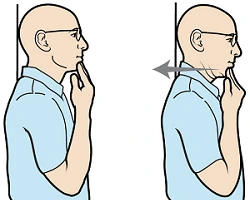
Sit or stand properly, with your shoulders relaxed and your back straight. Look straight ahead, keeping your chin parallel to the floor. Gently pull your chin in, creating a double chin, until your neck feels slightly stretched. Hold the position for 5–10 seconds, then release your jaw and return to the starting position. Repeat the exercise 10–15 times.
Important tips:
During your exercise routine, keep your movements regulated and slow. Pay attention to how you move and keep your posture correct. Do not strain the muscles in your neck or tilt your head back.
An exercise that is both safe and effective for strengthening the deep neck flexor muscles and improving cervical flexion is the chin-up.
Exercise for cervical flexion:
- Start by sitting comfortably in a chair with your shoulders relaxed and your back straight.
- Press your head lightly while placing your hands behind it and interlocking your fingers. You should point your elbows forward.
- Start by looking directly ahead, with your chin parallel to the floor.
- Maintaining the posture of the hands supporting the back of the head, slowly and gently push the chin to the chest. As you go, keep your eyes fixed on your chest.
- Feel the back of your neck gently extend as you hold the pose for five to ten seconds.
- Return to the beginning position slowly, keep your head erect, and perform the exercise ten to fifteen times.
Important advice:
- Avoid jerky or quick movements and do the exercise slowly. – Prioritize movement quality before quantity. – Avoid putting too much pressure on your hands behind your back. They are there to help, not to force a movement.
- The muscles used in cervical flexion are stretched and strengthened by this exercise. Additionally, it encourages healthy neck movement and alignment.
Stretch for Seated Neck Flexion:
- Make sure your shoulders are relaxed and your back is straight when you sit properly in the chair.
- Put your hands on your thighs, palms down.
- Start by looking directly ahead, with your chin parallel to the floor.
- Allow your head to lean forward and slowly and gently descend your chin toward your chest.
- The base of your skull and the back of your head should feel somewhat stretched as you drop your chin. For 15 to 30 seconds, hold the stretch while keeping the strain comfortable.
- Return the head to the beginning position while standing up straight.
- Do the stretch three to five times.
Important advice:
- Take your time with the exercise and avoid making jerky or quick movements. Pay more attention to the quality of the movement than its quantity. Take long breaths in and out as you ease into the stretch.
- The cervical flexion muscles are lengthened and tightened by the sitting cervical flexion stretch, increasing flexibility and range of motion.
FAQs
How to strengthen cervical flexion?
Isometric Neck Flexion: Strength and endurance are increased by gently pressing the forehead with the fingertips while trying to push the head backward. This isometric activation of the deep cervical flexors occurs.
What is the best exercise for the cervical neck?
Head tilt, head turn, forward head tilt, etc.
Wide shoulder stretch…
Stretch your neck when lying down.
Strengthening of the neck during lying.
What are the symptoms of weak neck flexors?
Restricted Range of Motion: Neck mobility issues, such as the limited ability to tilt, rotate, flex, or stretch the head. Muscle Weakness: fatigue or weakness in the neck muscles, particularly while engaging in tasks that call for extended positional holding or neck stabilization.
How to strengthen neck muscles at home?
Use exercises that focus on controlled motions and good form, such as chin tucks, head lifts, neck stretches, and resistance band exercises, to strengthen your neck muscles at home.
What muscles are responsible for neck flexion?
Anterior: neck rotation (contralateral), neck flexion, ipsilateral neck flexion, and first rib elevation.
Middle: the second rib is raised, and the neck is flexed laterally.
Posterior: the second rib is raised, and the neck is laterally flexed.
References:
- Patel, D. (2023c, July 22). Cervical flexion and extension – anatomy, ROM, movement. Samarpan Physiotherapy Clinic. https://samarpanphysioclinic.com/cervical-flexion-and-extension/
- Patel, D. (2023b, June 2). Manual Muscle Testing of neck (MMT of neck muscle) – Samarpan. Samarpan Physiotherapy Clinic. https://samarpanphysioclinic.com/manual-muscle-testing-of-neck/#Cervical_flexion
